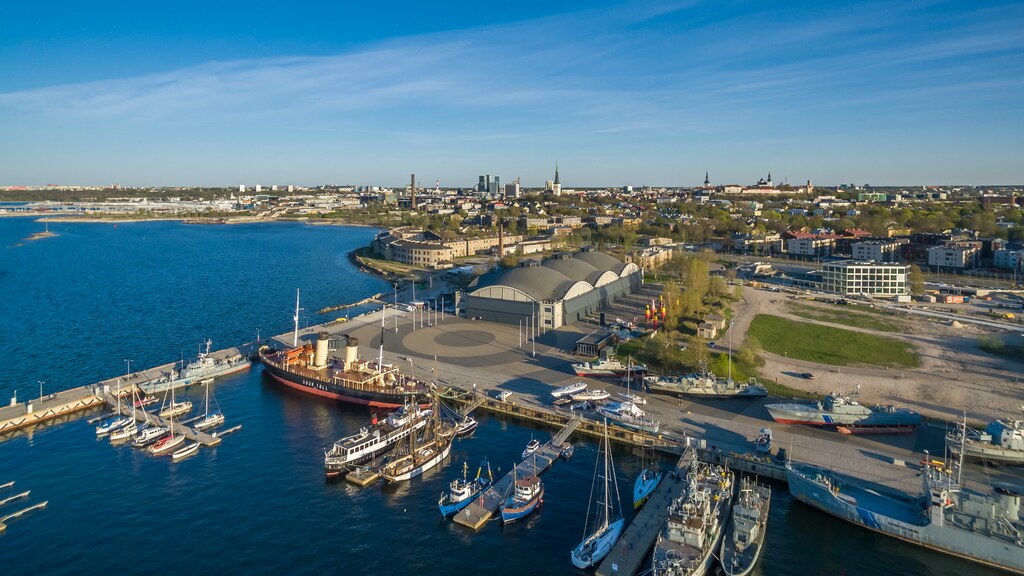
New report shows huge potential for heat pumps in the Baltics
The recently released report Heat Pump Potential in the Baltic States concludes that the Baltic countries have a huge potential in heat pumps and renewable district heating. The report shows…
The recently released report Heat Pump Potential in the Baltic States concludes that the Baltic countries have a huge potential in heat pumps and renewable district heating. The report shows that the practical potential of using industrial excess heat can be around 5,600 GWh annually. Flue gases from heat production plants will be able to contribute an additional 1,800 GWh. The report is conducted by a small group of researchers in the field of heating and electrical engineering from Tallinn University of Technology, Department of Energy Technology and jointly funded by Nordic Energy Research and the Baltic States’ ministries responsible for the energy sector.

“By using a wide range of available data, we have modelled the Baltic future power and heat supply up to 2050 with a high level of detail on the district heating sector. The results show that large-scale heat pumps and large hot water storage will play an important role in the future energy system in the Baltics in addition to biomass and natural gas. Heat pumps will supply over 50% of the district heating demand in 2050. This share can be increased to 70% if investments in heat pumps are subsidised,” explains project leader and senior researcher Anna Volkova.
Future Energy Scenarios
The report provides an overview for anyone planning or considering large-scale heat pumps as an interesting and viable option for a sustainable heat supply today and in the future.
“The scenarios in the report show that excess heat is the most attractive heat source to use, but its availability near district heating areas is limited. The second-best heat source is cleaned sewage water from sewage water treatment facilities, which is available in all major cities in large quantities and at relatively high temperature, especially in winter when large amounts of heating are needed,” says Balmorel model expert Hardi Koduvere.
Opportunities and Challenges
The researchers have also analysed whether the current legislation and the existing energy systems in each of the three Baltic countries are ready for a thorough implementation of large-scale heat pumps.
“We identified options that support heat pumps and challenges that can make the installation of heat pumps difficult. The opportunities consist, for example, in many citizens supplied by the existing district heating, incentives to invest in heat pumps, and high prices of biomass. The current challenges are grid tariffs, high district heating temperatures, lack of experience, and insufficient communication between city developers, district heating companies and “owners” of suitable heat sources,” explains researcher Henrik Pieper.
3 National Databases
In connection with the publication of the report, three national databases – one for each of the three Baltic countries – with free access have been set up.
“Each database can be downloaded and used for further analysis. The three databases provide information about each identified district heating area and industrial excess heat source. In addition, temperature measurements of various low-temperature heat sources, provided by the national meteorological institutes, and basic assumptions about large-scale heat pumps and district heating demands are given,” says Anna Volkova.
Outcome of the Research
The preparation of the report and the databases consists of a huge amount of information gathering work. The researchers have gathered information on over 350 district heating areas and over 350 industrial plants in Estonia, Latvia, and Lithuania. The outcome of the research is a comprehensive report, a database for each Baltic state and an online map. Three free tools that anyone interested can use.
Get access to the report, the databases and the online map here.
